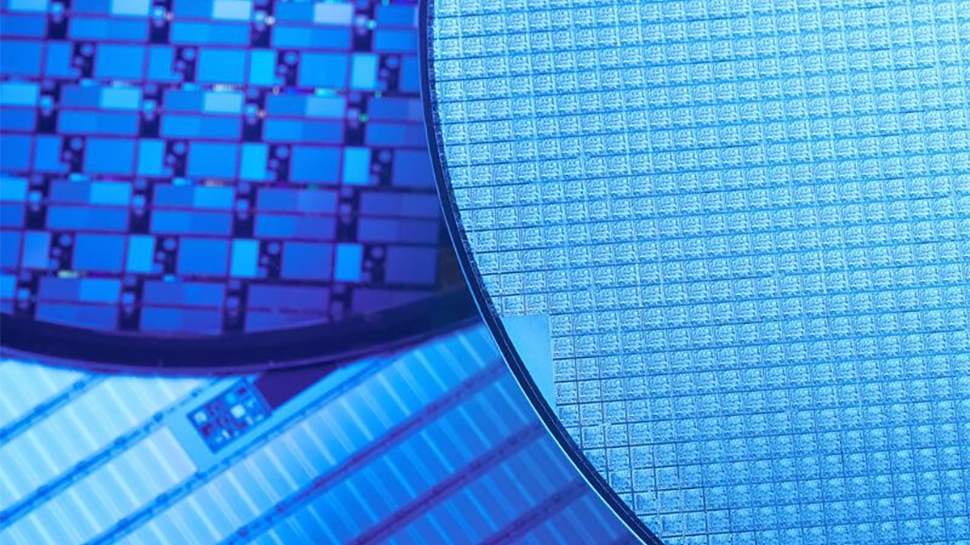Chinese state owned phone maker shutters chip design unit, highlighting country's struggles in path to chipmaking independence
Now that the chip shortage is over, TCL no longer wants in-house display driver chips.

TCL Technology Group, a major maker of consumer electronics from China, has shut down its chip subsidiary Mooresilicon, which specialized on development of commodity chips, such as display drivers (DDIC) and power management ICs (PMICs), reports Nikkei. This step was due to uncertainties with securing financing the chip projects and overall TCL's financial challenges.
Mooresilicon, which used to employ fewer than 100 engineers, was established in March 2021 amid severe shortage of commodity chips, such as DDICs and PMICs, as well as a favorable period of investment in China's semiconductor industry. TCL, which produces televisions, displays, and smartphones, consumes loads of display drivers and power management chips, so designing such chips in house and controlling their production made a lot of sense for the company's main businesses.
Demand for all types of consumer electronics has dropped since 2021, and so has demand for DDICs and PMICs. As a result, from a strategic instrument, Mooresilicon largely became a liability, which deepened TCL's losses in the first half of the year. Nonetheless, TCL will retain its PMICs assets.
Mooresilicon was initially set up as an independent unit designing solely DDICs, but was later integrated into TCL Technology's wider semiconductor business. This integration included TCL Huanxin Semiconductor, which designed power chips, rectifier circuits, and other semiconductor components.
Apparently, dropping prices of DDICs make their in-house development a lot less economically viable than in 2021. Data from Sigmaintell (cited by Nikkei) demonstrates that the average price for these chips in large TV panels fell from $1.23 per unit in Q1 2022 to $0.91 in Q2 2023, with projections of a further decline to $0.88 by Q2 2024.
Get Tom's Hardware's best news and in-depth reviews, straight to your inbox.

Anton Shilov is a contributing writer at Tom’s Hardware. Over the past couple of decades, he has covered everything from CPUs and GPUs to supercomputers and from modern process technologies and latest fab tools to high-tech industry trends.